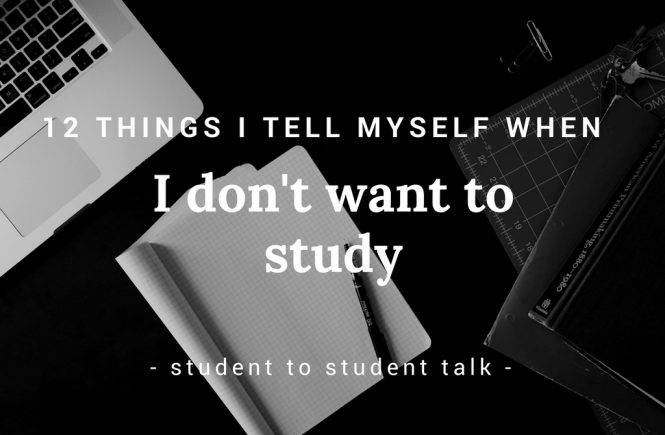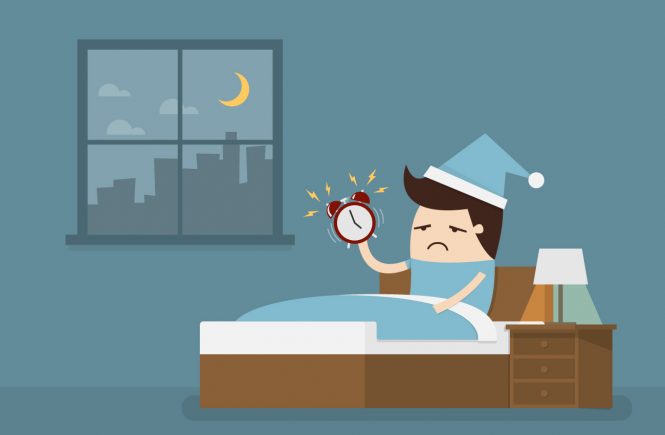Have a break – have dark chocolate
by Christina Nelson
With exams looming we need that excuse to eat chocolate and cry into our pillow about how much work there is to do, right?
Well, no more excuses needed. Recent research indicates that eating dark chocolate might increase cognition and other brain functions.

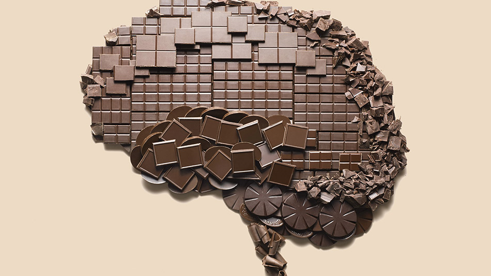
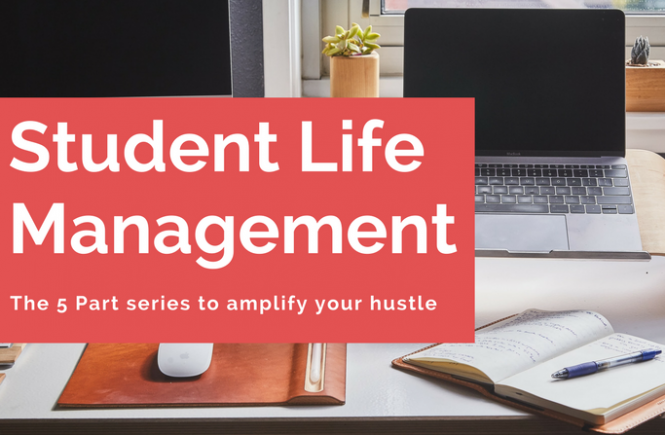


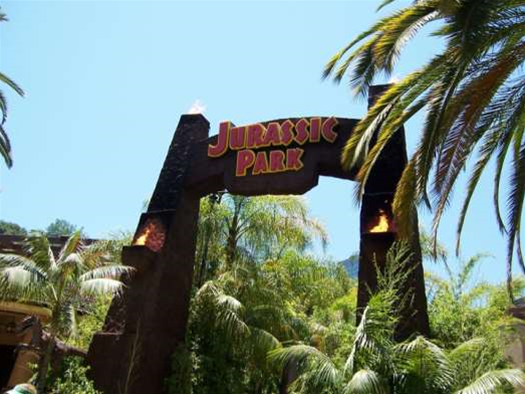

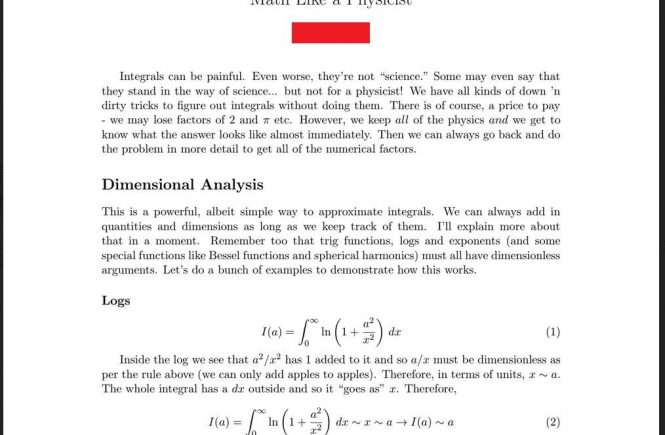

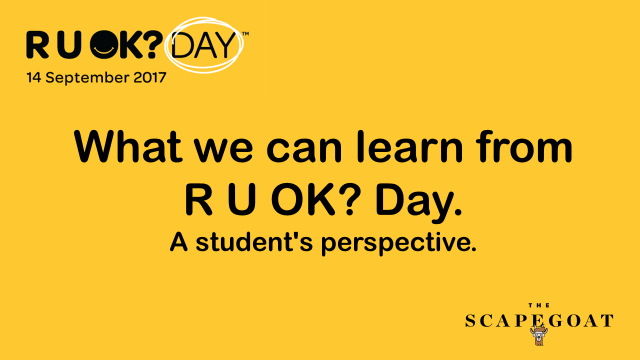

 Image Credit: Kelsey Graham
Image Credit: Kelsey Graham
